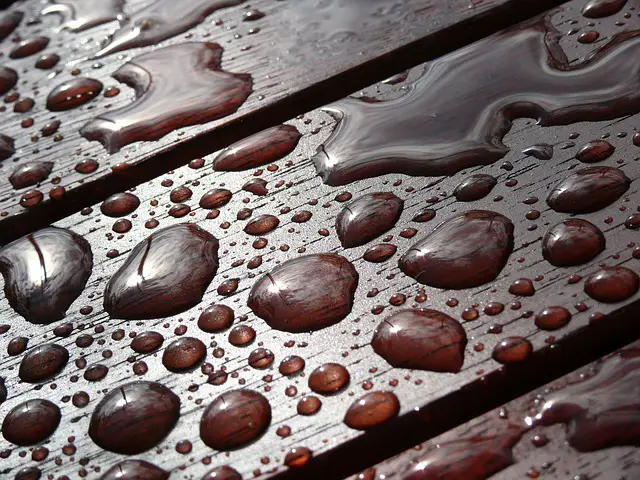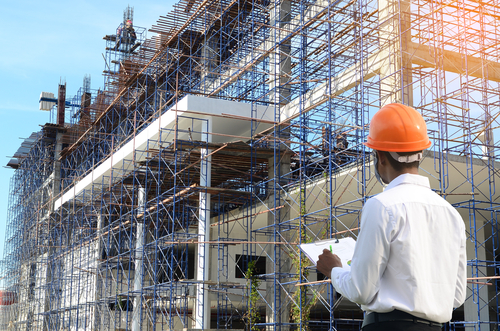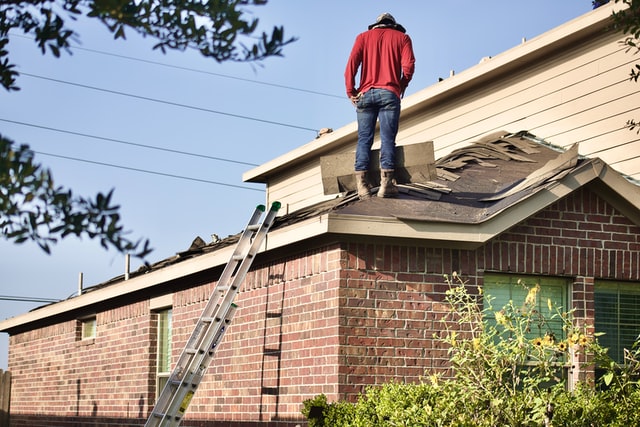Waterproofing your home – or any building – properly is probably one of the most important factors you need to consider when it comes to maintenance tasks. Waterproofing ensures that the interior of the building stays dry, mould-free, warm and healthy throughout the different seasons. The infiltration of water into a building may ultimately lead to the structural integrity of a building being compromised. Maintaining good waterproofing on a continuous basis also increases the value of your house

So, what is waterproofing?
Waterproofing is a process which prevents water from penetrating the interior of a building. In this way, it helps reduce humidity inside the building and thereby protects things inside the building from damage caused due to humidity or water exposure. Moisture and salt corrosion also causes metals to rust and wood to decay, and plays havoc with electronic equipment and TVs, and contributes to the growth of unwanted algae which can be harmful to health. Waterproofing is composed mainly of membranes made from waterproof plastic, rubber, or coated fabric materials. PVC membrane, for instance, is one of the most used materials for waterproofing roofs. But, contrary to what some people might assume, waterproofing is meant to either keep water outside a structure – buildings, tunnels, etc. – or within a structure such as a water tank, pond, birdbath, etc.
Aren’t buildings naturally protected from outside moisture?
Buildings are mainly constructed from naturally porous materials, such as brick, concrete and wood, and are usually reinforced with inner cores of steel for tensile strength. These materials are given additional treatment in order to ensure that humidity, damp and water remain outside and the interior of the building is protected, which enhances the longevity and structural integrity of the building. Waterproofing will effectively seal unnoticed foundation cracks, and problematic ground water can be effectively diverted away from the building through a below-surface French drain or a surface-level trench drain. All buildings should have a solid foundation with a thickness of no less than 200 mm, which will effectively prevent cracking due to groundwater pressing upwards on the foundations (hydrostatic pressure) and causing cracks which will then allow water to seep through, or bowed walls due to seepage in the areas where the joints and edges of the floor and wall meet. Brickwork which has not been adequately treated will be damaged by moisture (especially in salty coastal areas) and will break down over time, allowing outside moisture to seep into the building.
Inadequate waterproofing can lead to serious health problems and insurance claims
It is thought that more than 20% of building insurance claims in the United States of America, for example, relate to water damage such as foundations cracking, wooden beams rotting, or flooding, although water damage can easily result from a slow and unnoticed leak which ultimately leads to much bigger problems. There are definite health problems which are related to mould, mildew and rising damp within a house, for instance. The spores which are released into the air from mould infestation can lead to allergic reactions such as sneezing, headaches, coughing, sore throats, red or watery eyes, skin rashes, fatigue and, in worst-case scenarios, asthma attacks, can occur. People with impaired immune systems can also suffer serious infections. It pays to keep unwanted water and moisture out of your homes and buildings!
Save electricity by waterproofing your space properly
Effective waterproofing also saves money on heating and cooling costs in a house or building, as damp air takes longer to heat up or cool down.
How do you identify moisture ingress?
There are four main identifiers of a possible moisture problem, all of which are self-explanatory:
- Odour. You can smell damp quite easily as it has a distinct odour which is immediately identifiable. Ever been in an abandoned building which is open to the elements? It’s that smell!
- Dampness. If you find that certain areas are colder than others for no apparent reason, or clothing, curtains, or furniture have a distinct damp feel to the touch, look for a cause.
- If you see mould and mildew, which present as brown or black spotty patches on walls and floors, and you know that it is not dirt build-up, cannot be easily cleaned away without specialist mould and mildew removal products or keeps reappearing in the same places.
- Problems with breathing, headaches, or any of the other symptoms mentioned above. Remember that spores are easily inhaled, can get onto the skin or into the eyes or nose as they are airborne – and invisible!
Just as nothing in life is permanent, waterproofing has to be renewed every few years, before any health or structural damage can take hold. Find specialists in this area if the job is too big or daunting to tackle yourself, but don’t leave it to deteriorate even further. For more articles and tips, see Uptasker’s listings in this regard.

